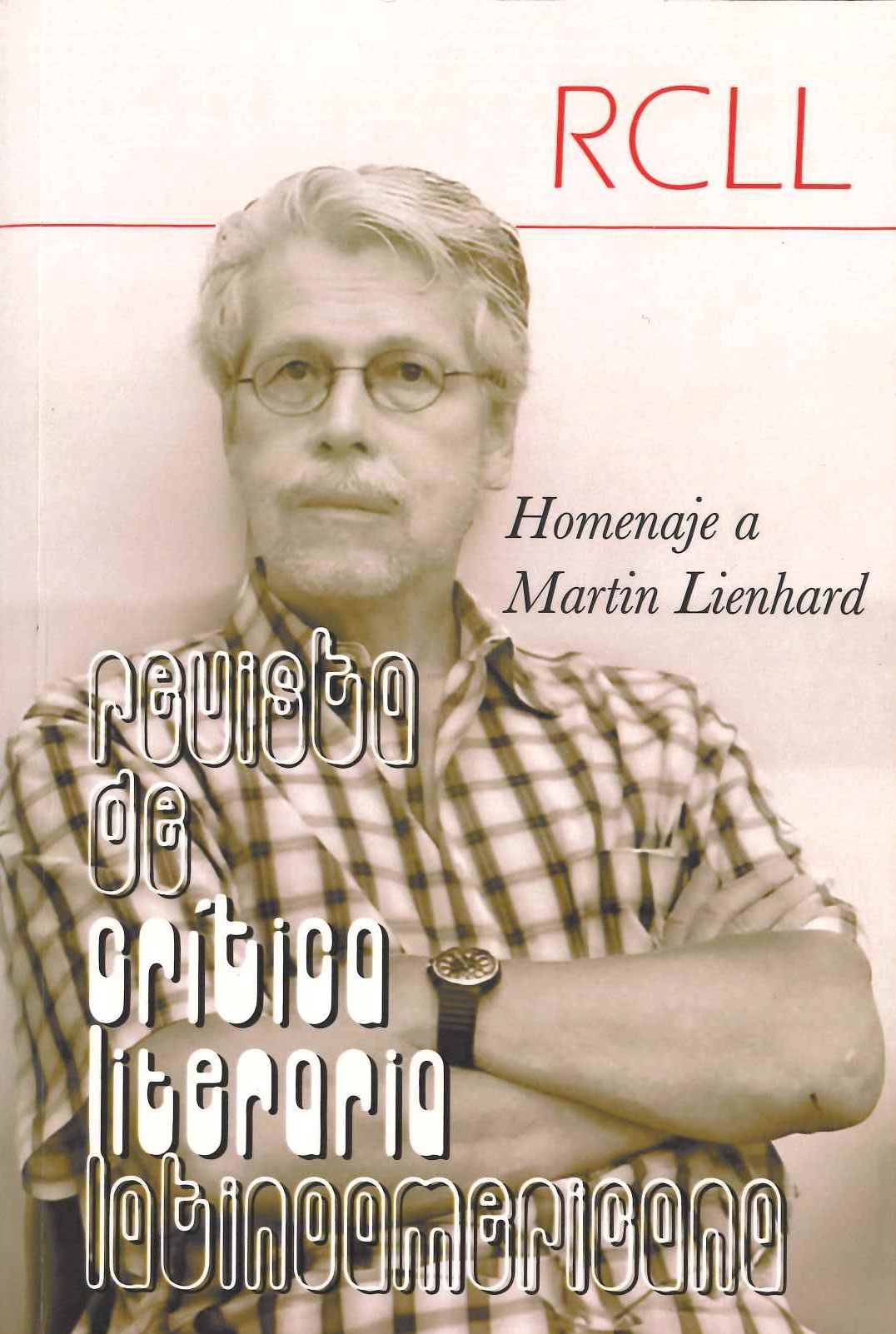La simbología de Machu Picchu en la poesía de Alberto Hidalgo y Martín Adán: entre la defensa nacional y la reflexión ontológica
Palabras clave:
poesía peruana, siglo XX, Piedra, Machu Picchu, Martín Adán, Alberto Hidalgo, Reivindicación nacional, Reflexión ontológicaResumen
Entre las múltiples significaciones atribuidas al símbolo de la piedra a lo largo de la tradición literaria peruana cabe destacar, por su singularidad y originalidad, la poetización de la imagen pétrea con Machu Picchu. El mítico yacimiento empezó a cobrar mayor resonancia a partir de 1911, llegando a convertirse décadas después en el principal emblema de la nación peruana. Ejemplo de ello en el ámbito literario son los poemarios Patria completa (1960) de Alberto Hidalgo y La mano desasida de Martín Adán (1964). Si bien ambas obras sitúan las ruinas en el centro de su discurrir poético, edifican visiones del motivo radicalmente distintas: mientras que el de Hidalgo es un canto de carácter patriótico y nacional, el de Adán es fundamentalmente ontológico y existencial.





